Part 2 - Pushing for the Plan-- How Philanthropy Leaders Can Drive Strategic Clarity
In many organizations, philanthropy leaders find themselves in a frustrating position: charged with raising meaningful dollars, but lacking a strategic plan to build donor engagement around. No clear priorities. No documented investment needs. No institutional roadmap to inspire giving.
The absence of a strategic plan isn’t just an inconvenience—it’s a structural weakness that limits donor confidence, fundraising success, and long-term organizational growth.
So what can a Vice President, Vice Chancellor, or Chief Philanthropy Officer do to change that?
Elevate the conversation to a leadership imperative.
A strategic plan is not a “nice-to-have”—it’s a leadership duty. Fundraising executives should consistently and respectfully frame the absence of strategy as a risk to donor relationships, revenue generation, and organizational credibility. Use board meetings, executive sessions, and donor feedback to reinforce this message. Strategic planning should not be seen as a philanthropic function—it’s a presidential and board-level responsibility that enables philanthropy to succeed.Bring the voice of the donor into the room.
Nothing sharpens focus like the reality of missed opportunities. Fundraising leaders should share real examples of donor hesitation or walkaways due to unclear priorities. When donors say, “Let me know when you know what you need,” that’s not a stall—it’s a challenge. Use these insights to illustrate why clarity is essential, not optional.
Propose a phased approach to building the plan.
Some leaders stall because they think strategic planning requires a year-long process and outside consultants. While that can be true for full institutional strategy, philanthropy can help jumpstart momentum. Propose a practical interim framework: three to five key priorities, draft outcomes, and investment estimates. Emphasize that this is not a final plan—it’s a working blueprint that enables conversations and gifts while larger planning may continue in parallel.
Frame the planning effort as a donor engagement tool.
Strategic planning isn’t just for internal alignment—it’s a magnet for donors. Position the process itself as a vehicle for philanthropic engagement. Invite lead donors or trusted community partners to shape the plan, provide feedback, or test case language. When donors feel ownership in the vision, they are more likely to fund it.If needed, build the business case for planning.
Be ready to propose philanthropic dollars or operational budget to support a focused planning process. Outline the ROI: how strategy enables larger gifts, faster asks, and better alignment with donor intent. Help leadership see that investing in planning is a high-leverage move.
Fundraising cannot lead without something to point toward. When organizational leaders delay strategic clarity, philanthropy must become the catalyst. Not by creating the strategy itself, but by insisting—with urgency and partnership—that it must be created.


